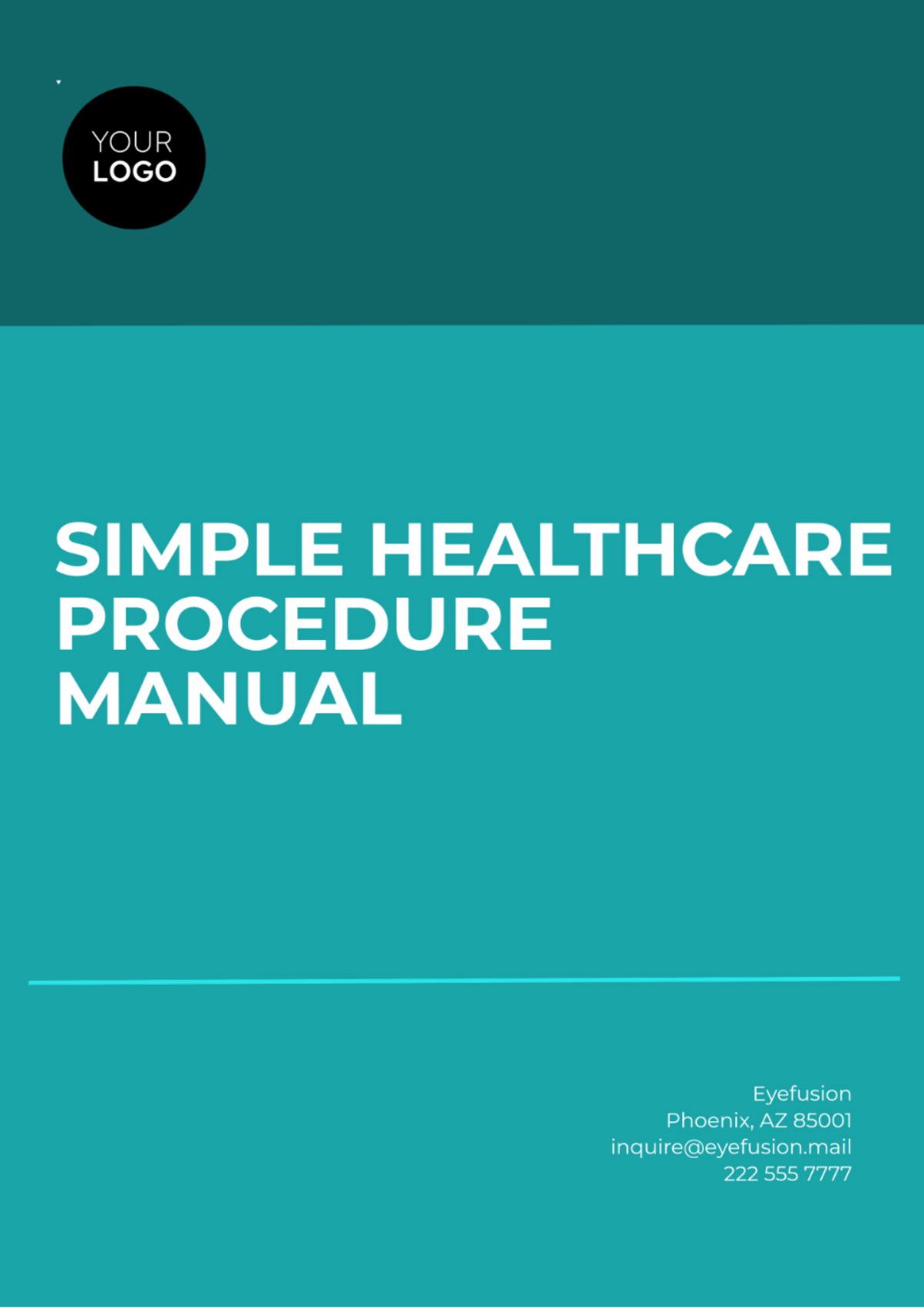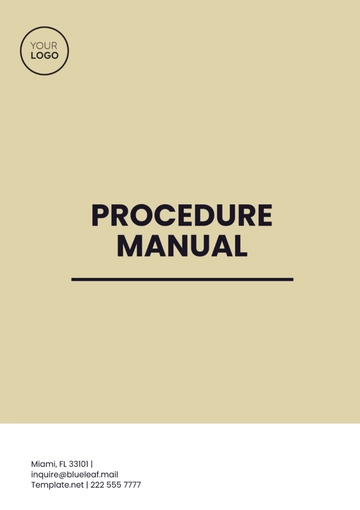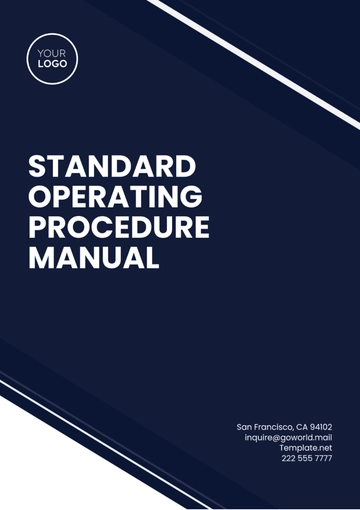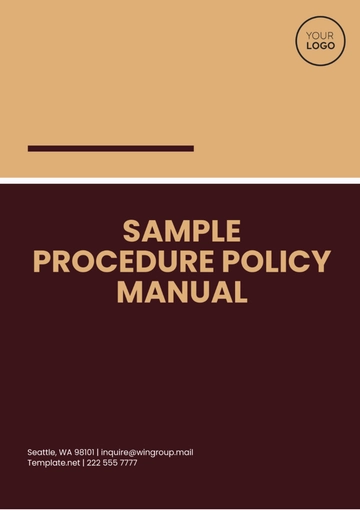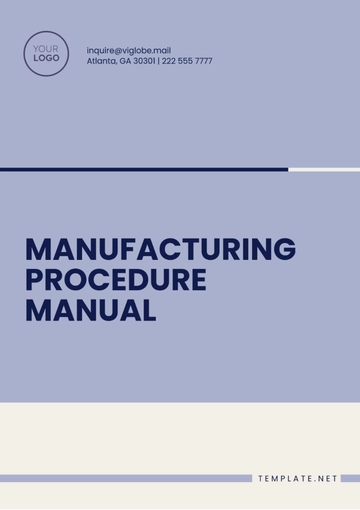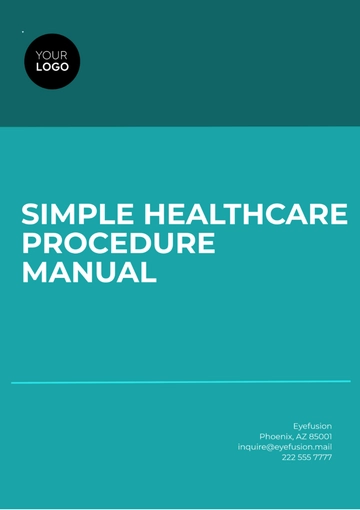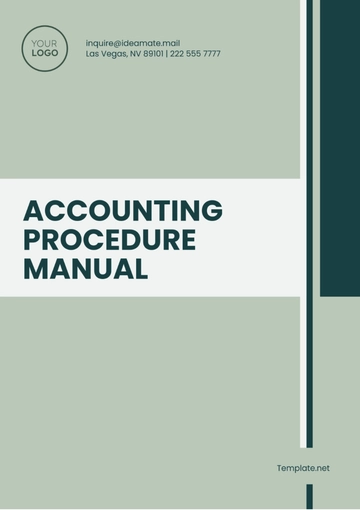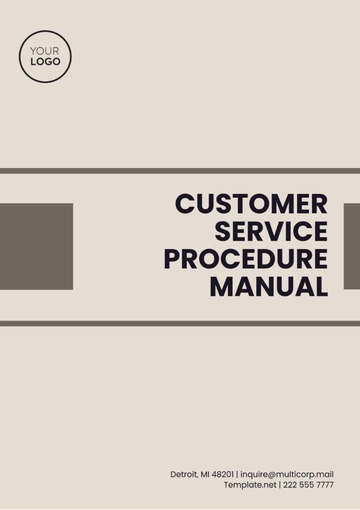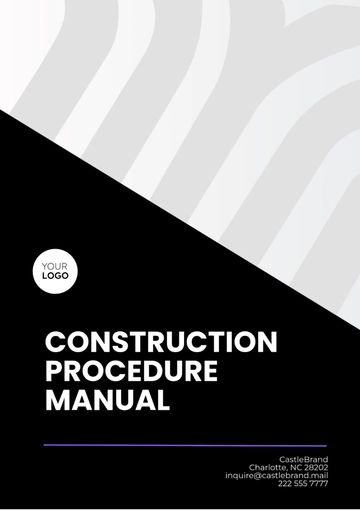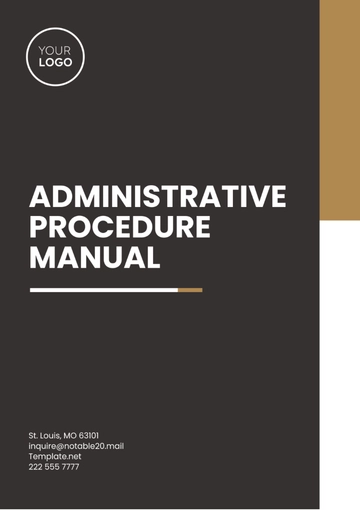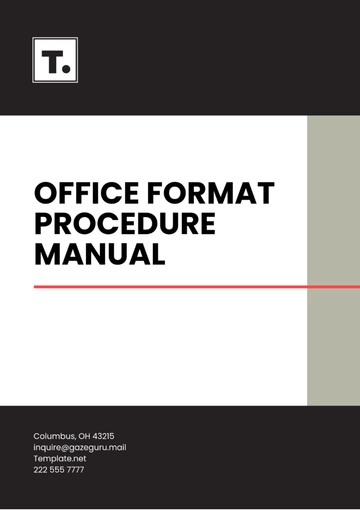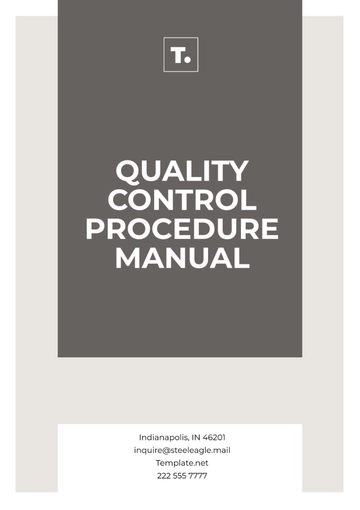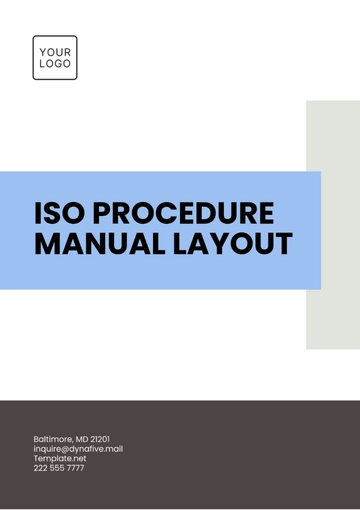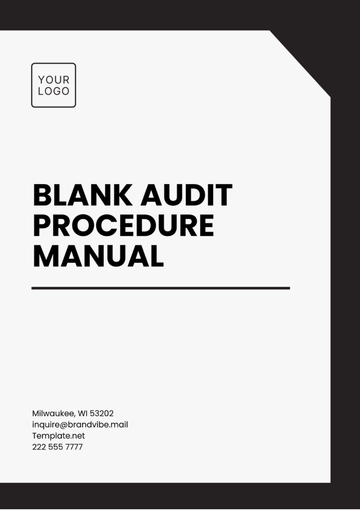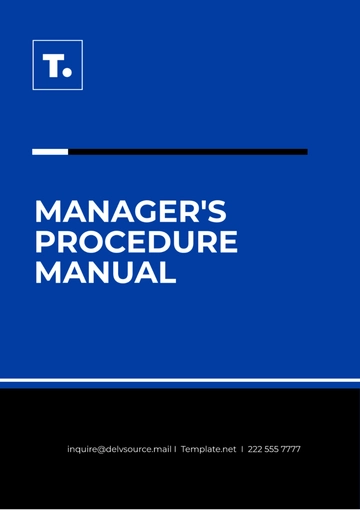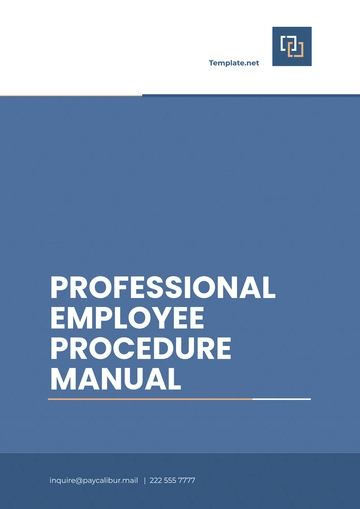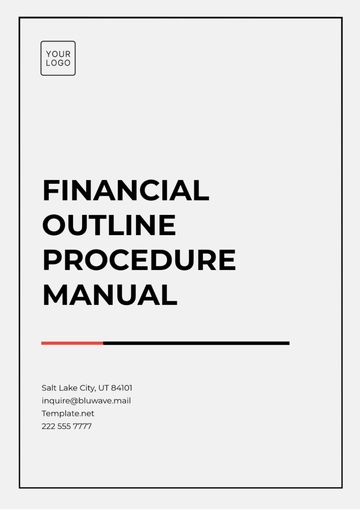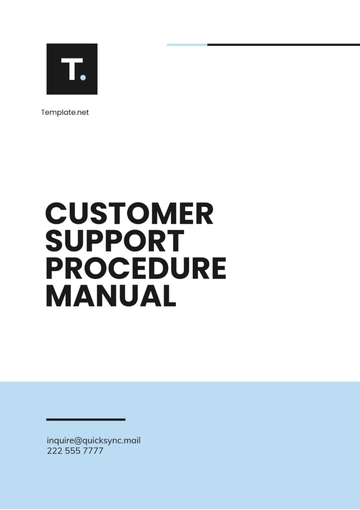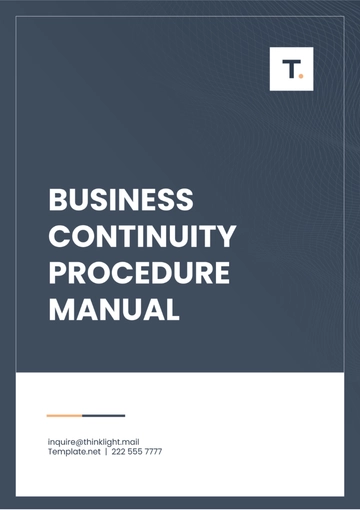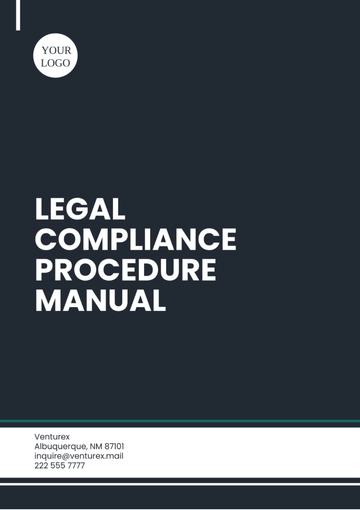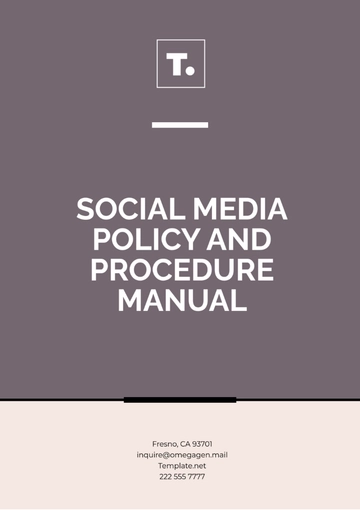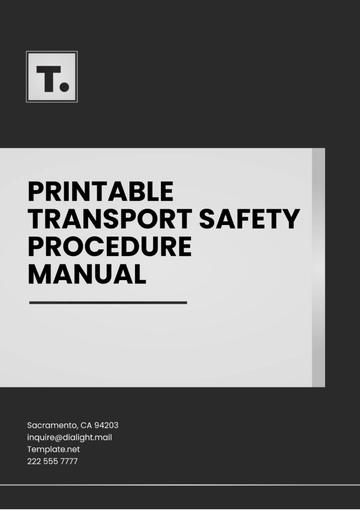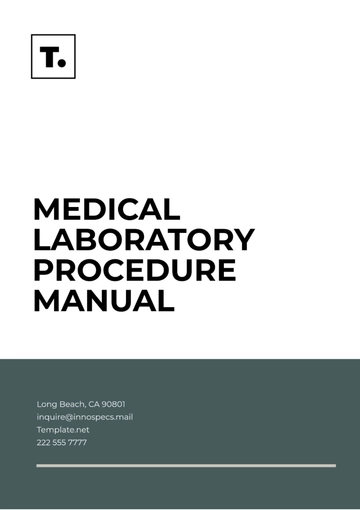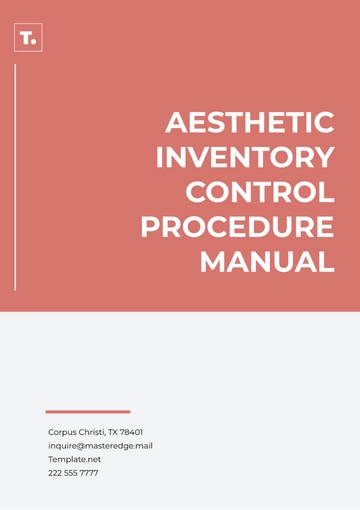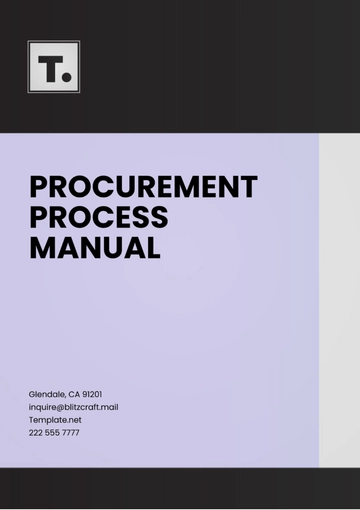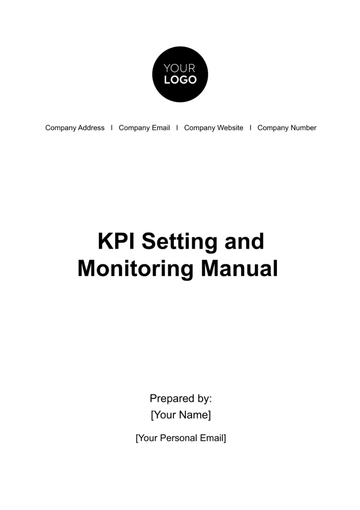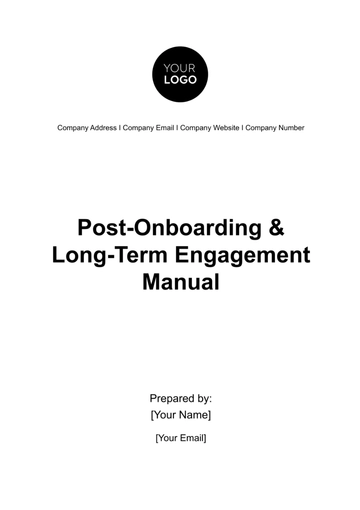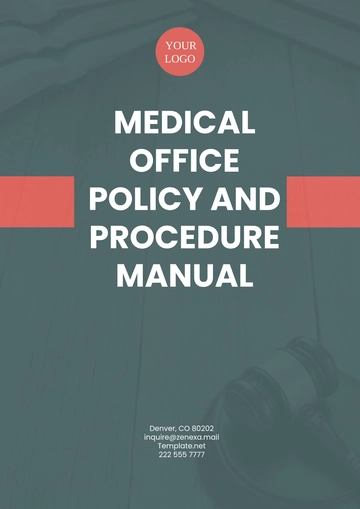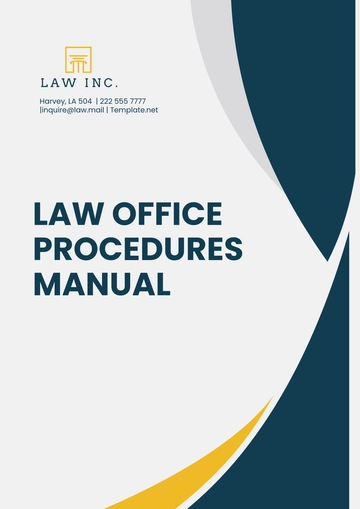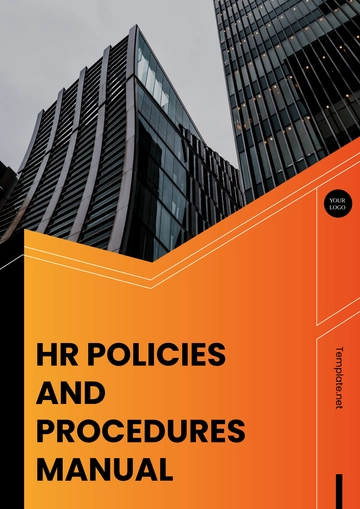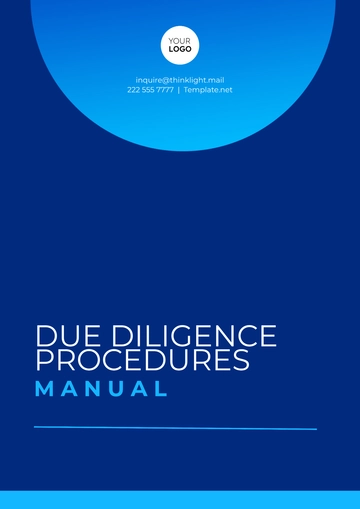Simple Healthcare Procedure Manual
Prepared by: [Your Name]
Date: January 1, 2060
I. Introduction
This manual provides a comprehensive guide to performing simple healthcare procedures. The purpose is to ensure consistency, safety, and compliance with healthcare standards. It is intended for use by healthcare professionals and support staff who are involved in delivering patient care.
II. Procedure/Protocol Sections
This section outlines step-by-step instructions for specific healthcare tasks. Each procedure is detailed to ensure accurate and consistent implementation:
Procedure A: Hand Hygiene |
|---|
Step 1: Wet your hands with clean, running water. Step 2: Apply soap and lather all hand surfaces. Step 3: Scrub your hands for at least 20 seconds. Step 4: Rinse your hands well under clean, running water. Step 5: Dry your hands using a clean towel or air dry them.
|
Procedure B: Blood Pressure Measurement |
|---|
Step 1: Have the patient sit comfortably with their arm supported at heart level. Step 2: Wrap the cuff snugly around the upper arm. Step 3: Position the stethoscope and listen for the heartbeat. Step 4: Inflate the cuff to about 20 mmHg above expected systolic pressure. Step 5: Slowly deflate while taking readings.
|
III. Roles and Responsibilities
Role | Responsibility |
|---|
Registered Nurse (RN) | Perform and document procedures, and oversee support staff. |
Medical Assistant (MA) | Assist RNs with procedures, and prepare necessary equipment. |
Healthcare Administrator | Ensure staff training and compliance with regulations. |
IV. Safety and Compliance Guidelines
Adhering to safety and compliance standards is critical in ensuring a safe healthcare environment. The following guidelines must be followed:
V. Emergency Procedures
Effective response to emergencies is vital for patient safety. The following emergency procedures should be followed:
Code Blue (Cardiac or Respiratory Arrest):
Immediately activate the emergency response team.
Begin CPR if trained to do so and if needed until the team arrives.
Follow the healthcare facility’s emergency protocols for resuscitation and stabilization.
Fire Alarm:
Evacuate patients and staff per the facility's plan.
Safely transport patients away from the fire hazard.
Follow fire safety protocols, including the use of fire extinguishers if trained and appropriate.
Other Medical Emergencies:
VI. Glossary
A comprehensive understanding of common healthcare terms ensures clarity and consistency across procedures.
PPE (Personal Protective Equipment): Gear worn to protect healthcare workers from exposure to infectious agents (e.g., gloves, masks, gowns).
VII. References
The following resources were utilized in the preparation of this manual:
World Health Organization (WHO)
Centers for Disease Control and Prevention (CDC)
Institutional healthcare guidelines and standards
Manual Templates @ Template.net
